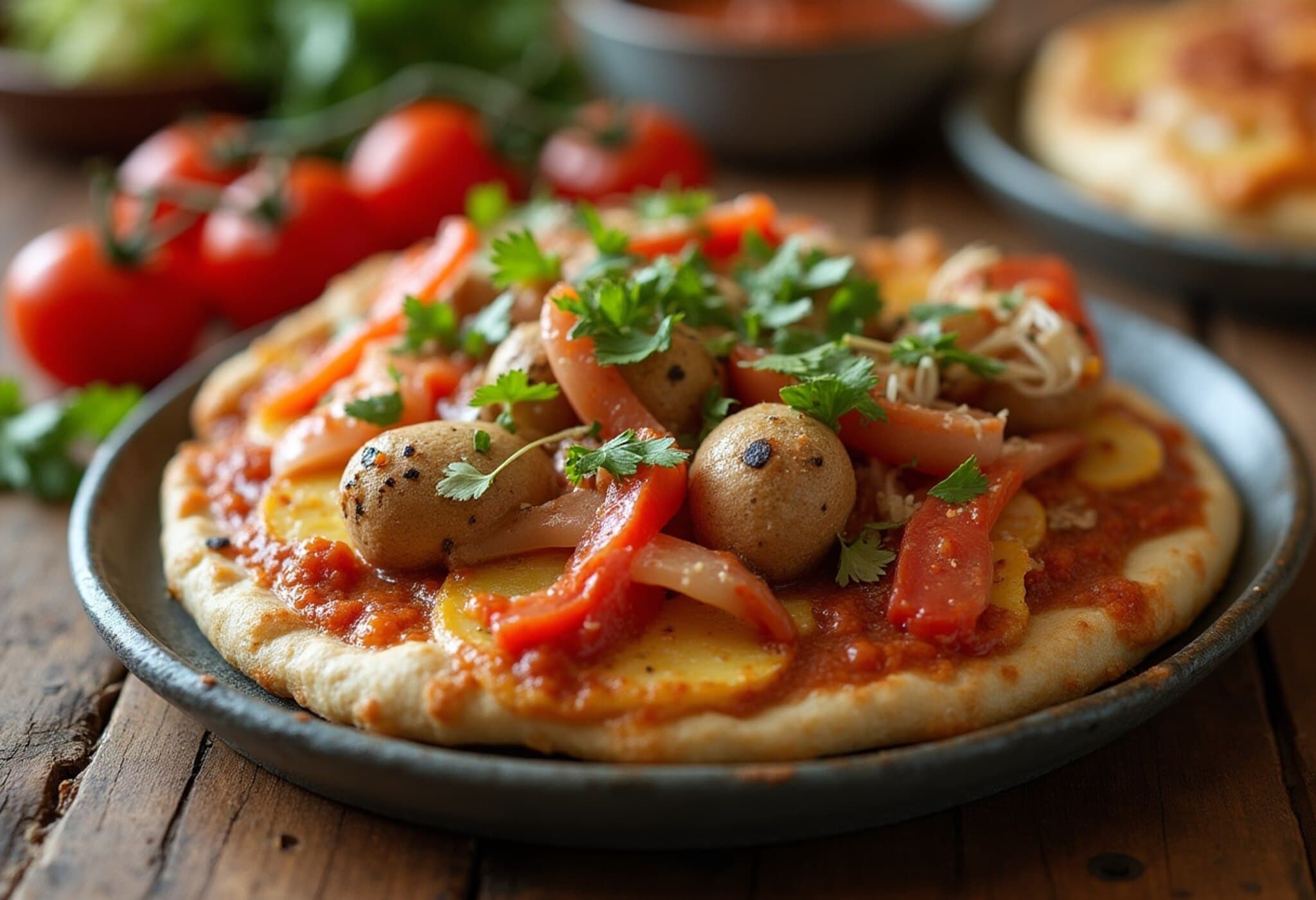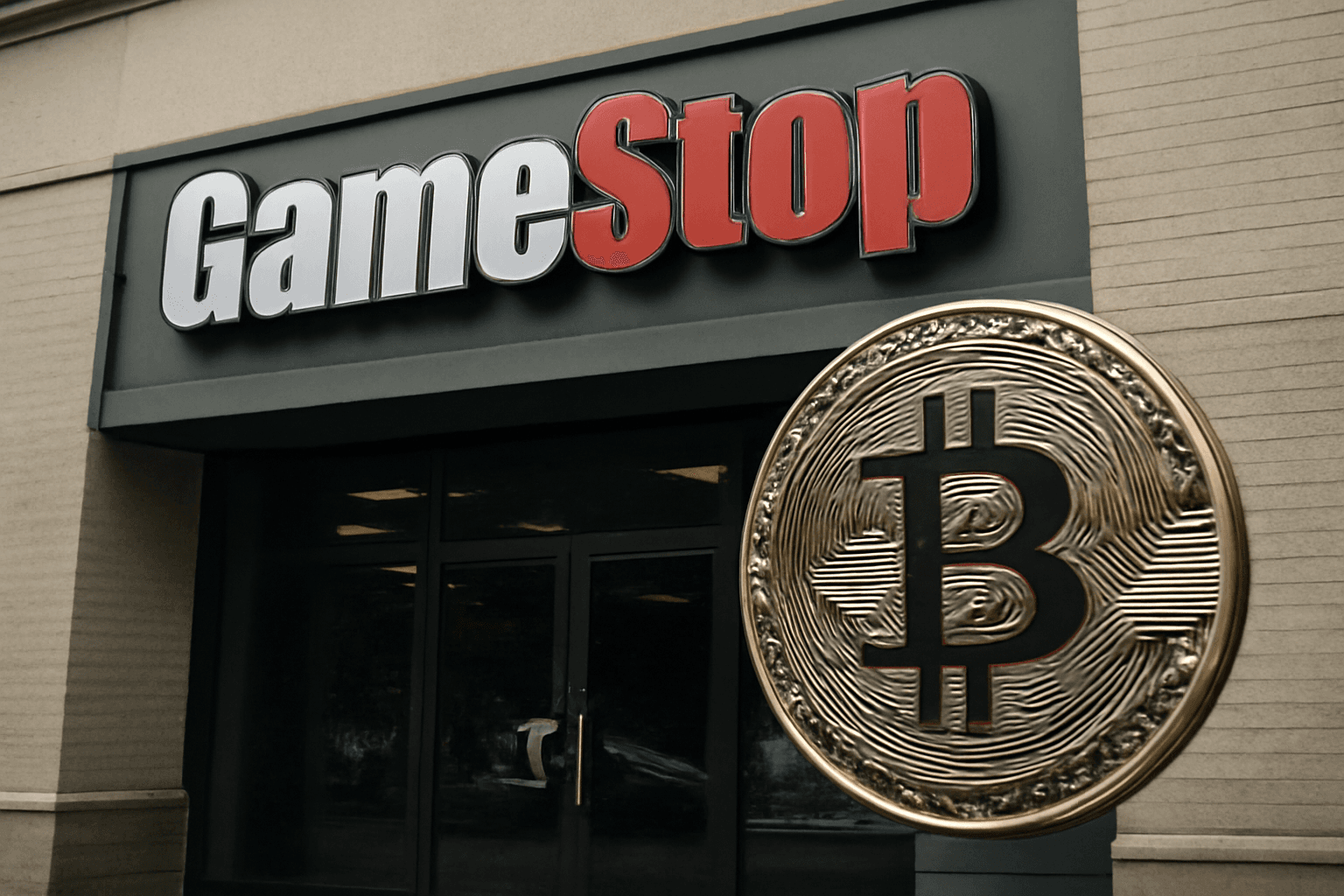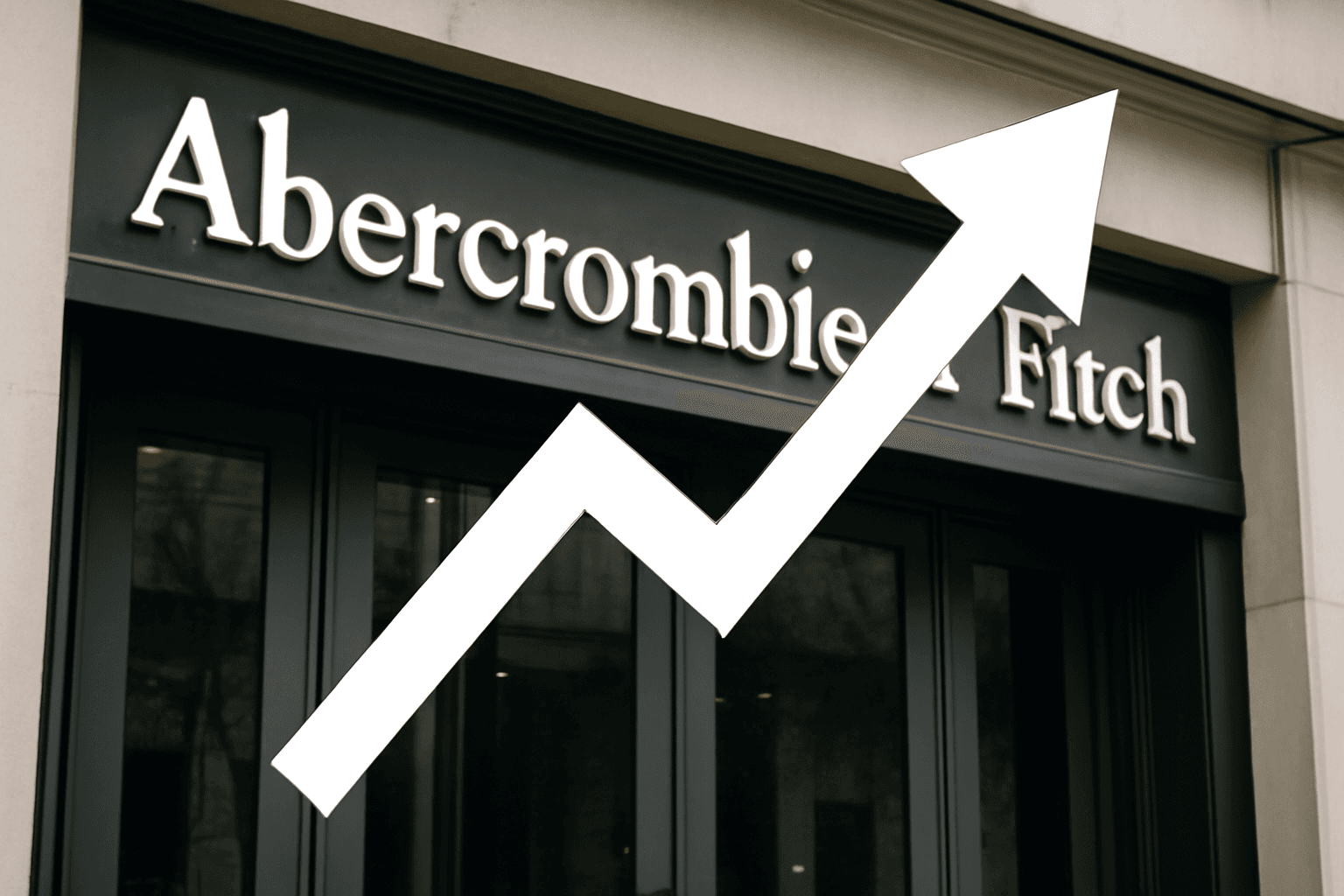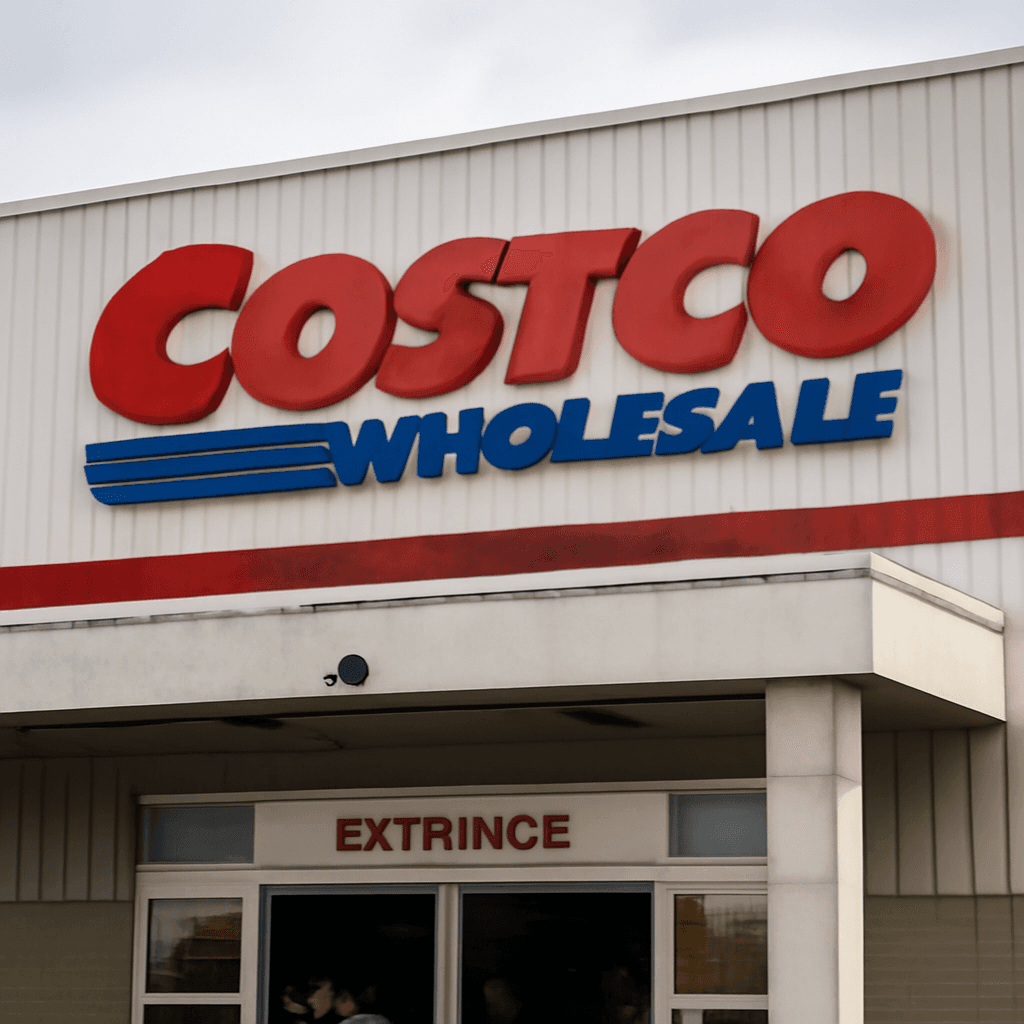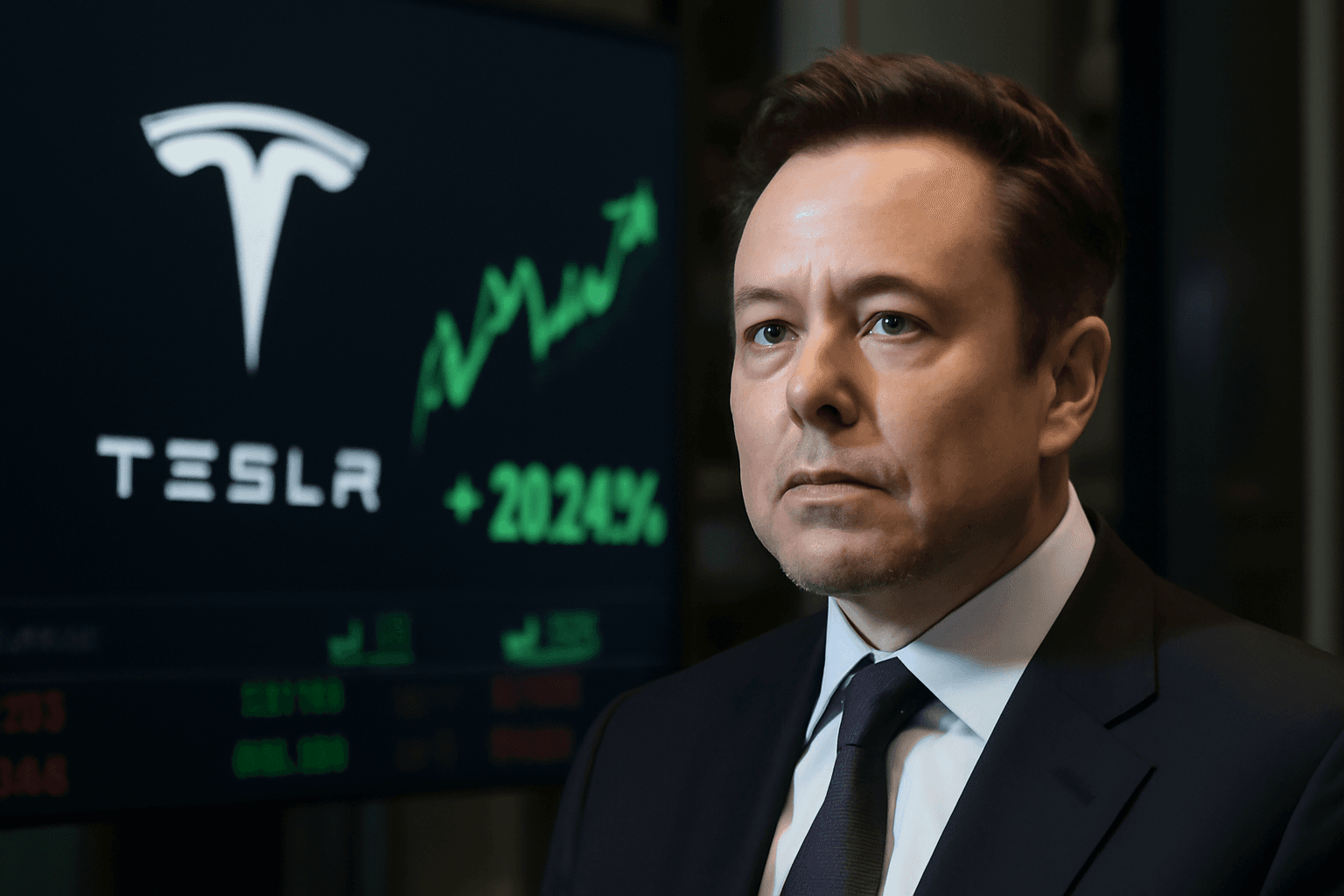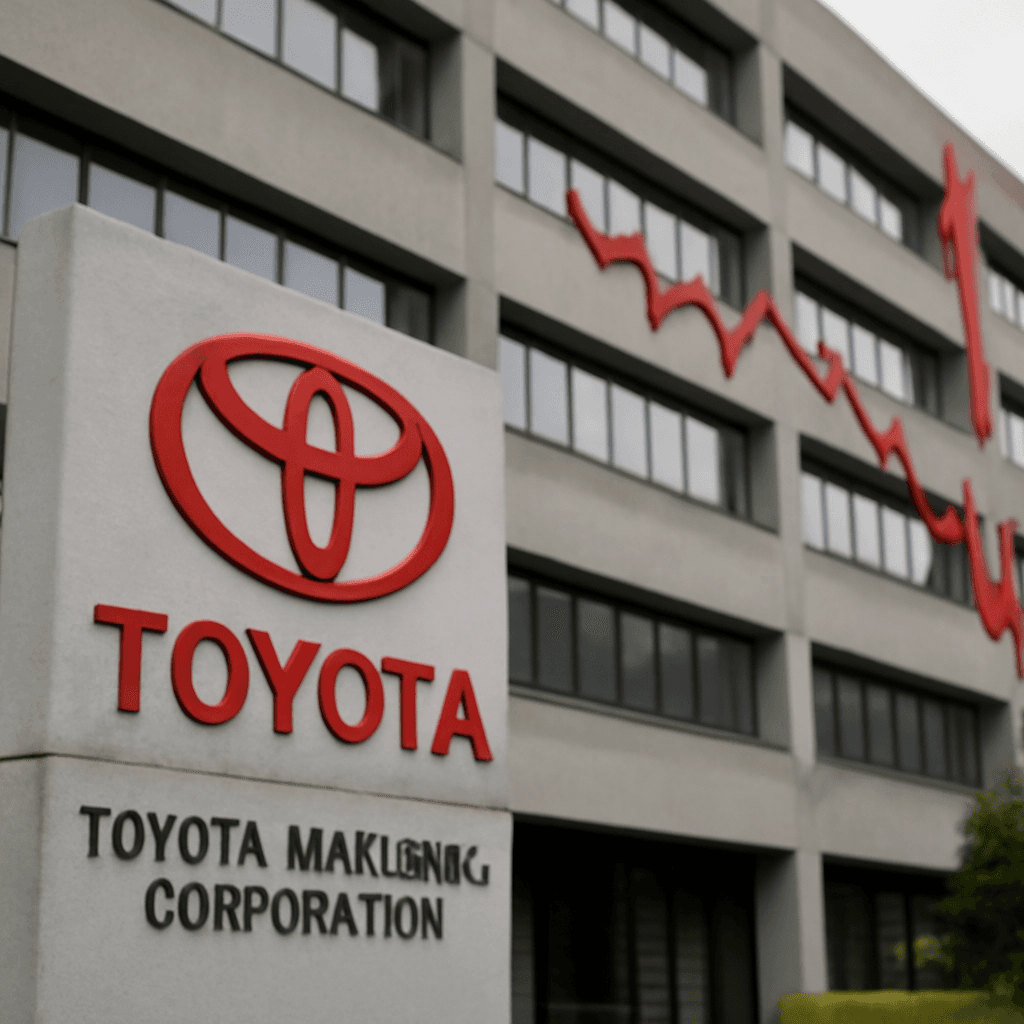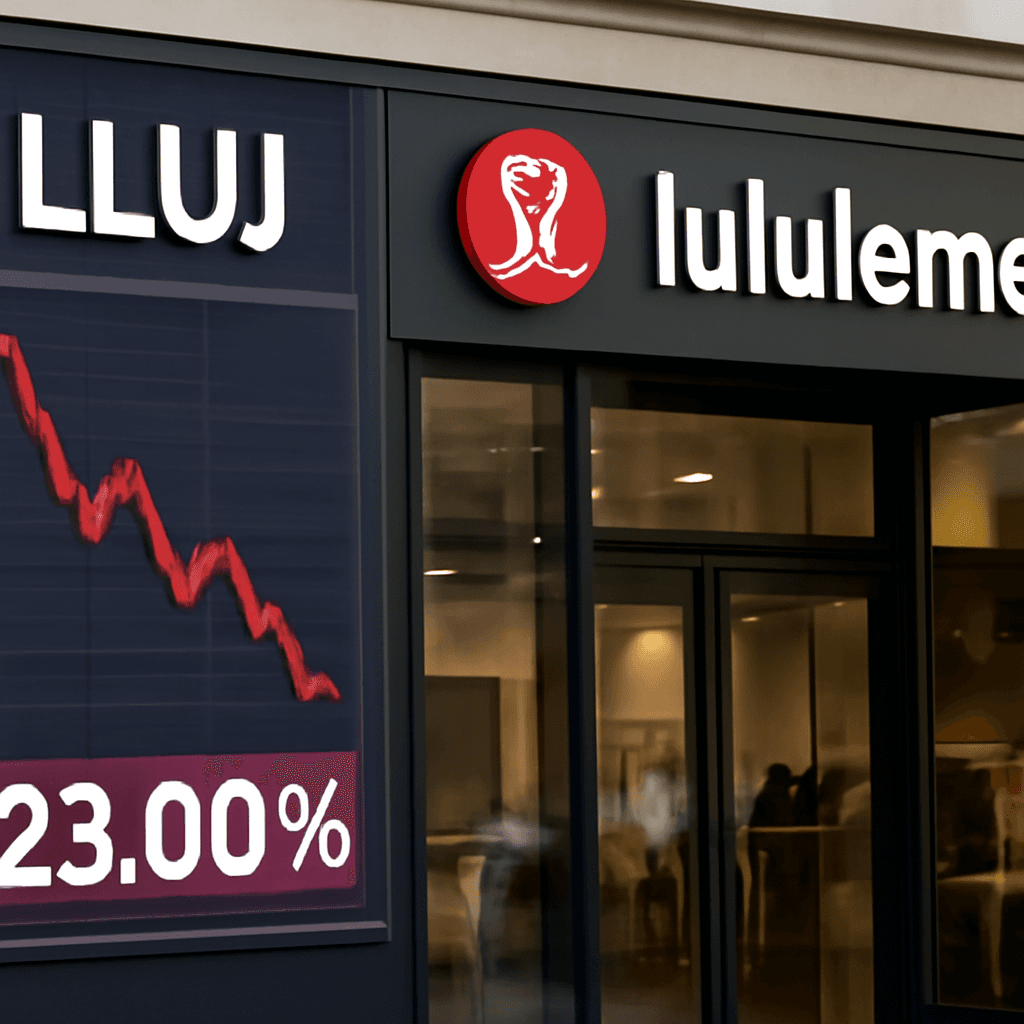Cava’s Shares Tumble Amid Revised Sales Outlook and Industry Challenges
The Mediterranean fast-casual chain Cava saw its stock plummet more than 20% in after-hours trading on Tuesday, following the company’s decision to lower its full-year forecast for same-store sales growth. This development has intensified concerns as Cava’s shares have already dropped roughly 40% year-to-date, underscoring mounting investor unease about growth prospects in the competitive restaurant sector.
Second Quarter Performance: A Mixed Picture
For the quarter ending June 2025, Cava reported total revenue of $280.6 million, slightly falling short of analyst expectations of $285.6 million. Despite the miss, earnings per share (EPS) came in at 16 cents, surpassing the forecasted 13 cents. Net income for the quarter was $18.4 million, compared to $19.7 million in the same period last year.
Crucially, same-store sales growth—which measures sales from restaurants open for at least a year—rose by just 2.1%. While this modest increase bucks the wider industry trend of declines, it fell well below Wall Street’s projected growth of 6.1%. The company attributed the slowdown partly to the tapering excitement following the launch of its grilled steak menu item, which had driven higher traffic last year.
Insights from Leadership: Navigating a Changing Landscape
Cava’s CFO, Tricia Tolivar, explained in a CNBC interview that strong early-quarter sales had initially justified maintaining previous growth expectations. However, after the one-year anniversary of the grilled steak launch, momentum slowed, prompting the company to lower its same-store sales growth forecast to 4%–6%, down from 6%–8% earlier in the year.
The chain’s traffic remained flat quarter-over-quarter, contrasting with the robust 14.4% traffic climb a year ago. CEO and co-founder Brett Schulman emphasized how product innovations had been a key traffic driver previously but acknowledged the challenge of sustaining such momentum amid shifting consumer preferences.
Industry Context: Fast-Casual Chains Face Hurdles
Cava’s challenges come amid a tough quarter for the wider fast-casual industry. Rivals like Chipotle and Sweetgreen also reported disappointing sales figures, with some chains seeing comparable-store sales declines and pressure on profitability. These trends reflect evolving consumer spending habits, inflationary pressures, and labor constraints impacting restaurant operations nationwide.
Financial Outlook and Strategic Initiatives
Despite dialing back its sales growth forecast, Cava remains confident about its profitability outlook. The company reiterated its expectations for adjusted EBITDA in the range of $152 million to $159 million and projected restaurant-level profit margins between 24.8% and 25.2% for the full year.
On the innovation front, Cava revealed it had invested in Hyphen, a startup developing automated restaurant technology aimed at streamlining plate and bowl portioning. Leading a $25 million Series B funding round alongside other investors, Cava is piloting Hyphen’s digital makeline technology to enhance order accuracy and speed, particularly during peak digital ordering hours. Schulman noted these operational efficiencies could reduce complexity for staff and improve customer experience.
Looking Ahead: Navigating Growth and Innovation in a Competitive Market
Cava’s recent stock volatility highlights the capital markets' sensitivity to same-store sales trends, a critical gauge of sustainable growth in the restaurant sector. While its initiative to leverage automation signals forward-thinking, the company faces uphill challenges in maintaining customer traffic momentum amid an uncertain economic environment.
For investors and industry observers, key questions remain:
- Can product innovation and technology investments reverse the slowing sales trend?
- How will persistent inflation and labor costs influence fast-casual chains’ margins?
- What strategies will Cava deploy to differentiate itself in a crowded Mediterranean cuisine market?
Addressing these factors will be pivotal as Cava seeks to balance growth ambitions with operational efficiency.
Editor’s Note
Cava’s story is a compelling reflection of the broader restaurant industry's current conundrum: how to sustain growth momentum while adapting to shifting consumer behaviors and economic headwinds. Investors should watch carefully how technological modernization efforts, like Cava’s partnership with Hyphen, translate into operational gains and whether they can meaningfully boost sales. Meanwhile, this episode underscores the increasing importance of innovation—not only in menu offerings but also in backend automation—for fast-casual brands striving to stay competitive in a post-pandemic world.

